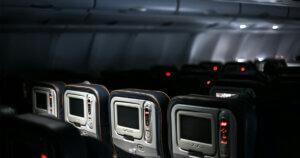
Code Blue
Code Blue in Flight Blog What is a Code Blue in aviation? Code Blue is the term used to refer to time-dependent health incidents, that is, those in which every
A control tower is a very tall tower shaped building on top of which there is a control room from where the airport traffic is directed and controlled. Its location and height are essential to see the entire area to watch.
All airports have one and, besides controlling take-offs and landings, it keeps a fluid air transit managing dozens of aircrafts at a time.
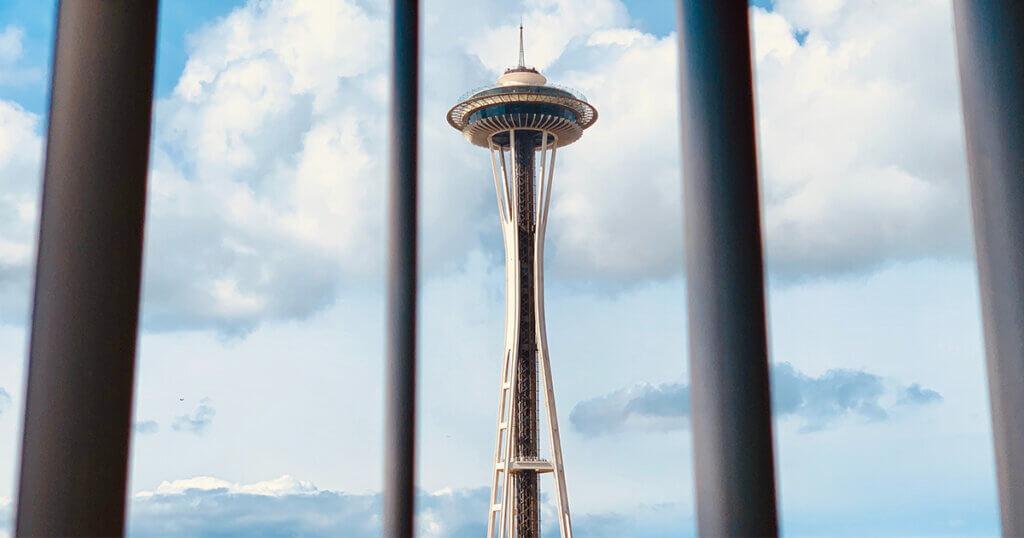
The airport’s Air Traffic Control Tower is an essential element within the aeronautical operation. The importance of the tower role in order to achieve a fluid and safe air transit is crucial. Therefore, no aircraft can fly without being in communication with the towers and control centres responsible for organizing air traffic so that take-offs, flights and landings take place without incidents.
The control of each flight operation is structured in such a way that along each phase, the aircraft will be within an influence area corresponding to a control centre with which it will maintain contact in order to receive relevant instructions. Thus, we find:
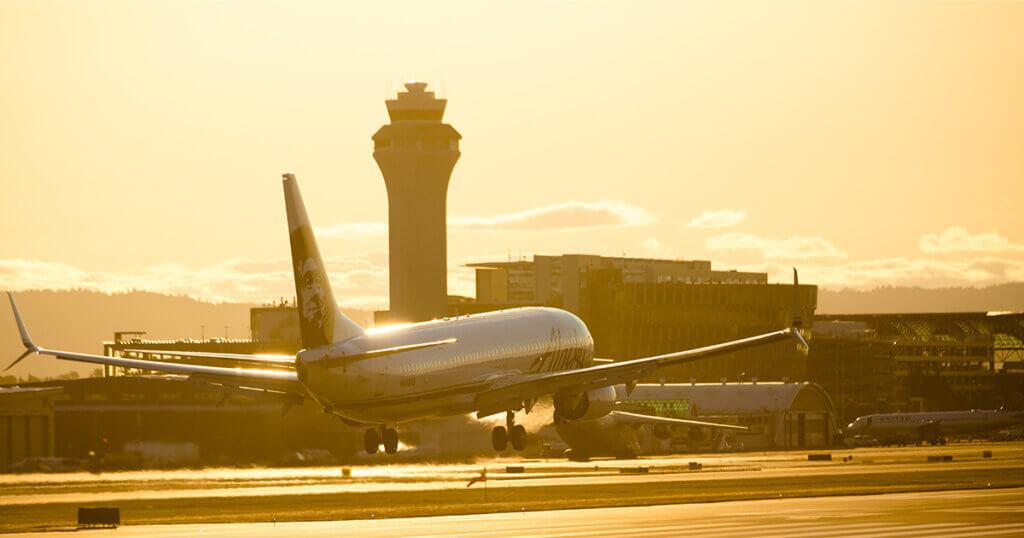
The Air Traffic Controller is the person responsible for providing the air traffic control service, ATC – Air Traffic Control, directing the aircrafts traffic in the airspace of its responsibility and airports in a fluid, safe and orderly manner, giving pilots the relevant authorisations and instructions as well as the necessary information to avoid collisions between aircrafts or obstacles in their manoeuvres.
There are different types of controller according to the sector in which they work:
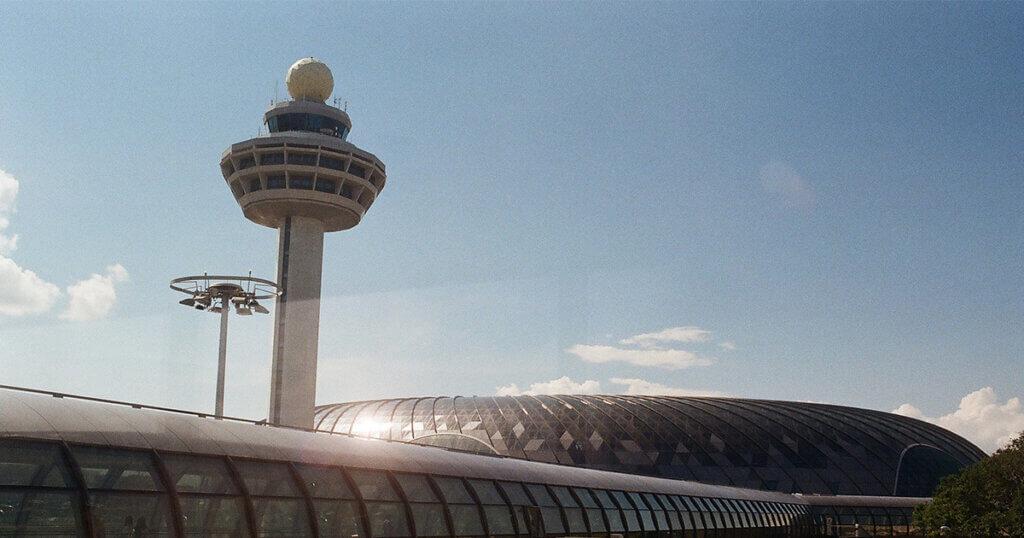
In summary, the main tasks of ATC staff are:
Aircrafts communicate with the tower via certain radio frequencies to keep airport operations safe. At larger airports, pilots receive their flight authorisations via a frequency called “authorisation” while at taxiways they communicate with a frequency of “surface”. For takeoff and landing approvals they talk on the frequency of the control tower. Once the aircraft has taken off, the pilots will communicate on a frequency of “departure” or “approach” and already en route, they will use a frequency of “center”.
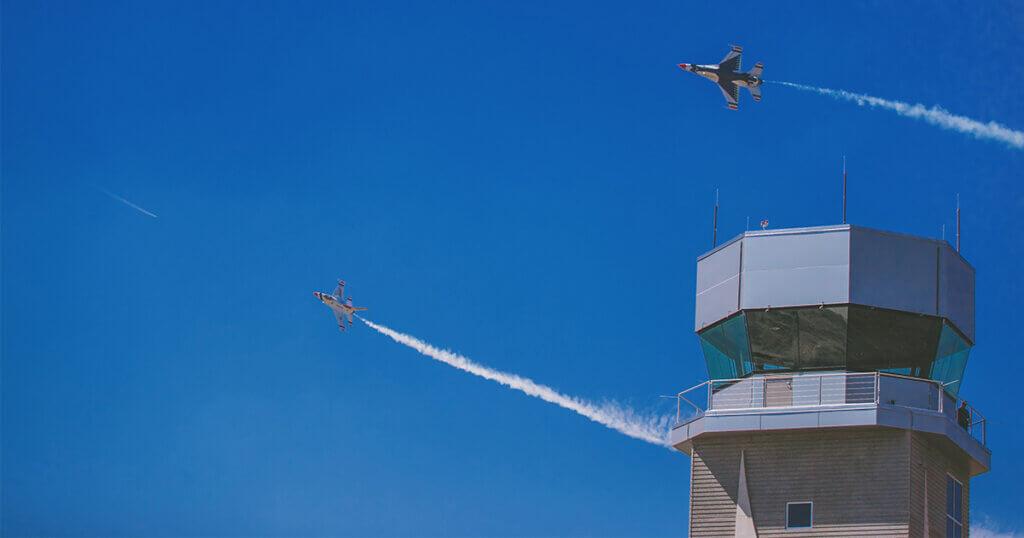
Today, there are applications and websites that share control towers live signal of the most important airports in the world and allow listening to the interaction of the air controller with aircrafts pilots. These tools can be very useful for people training for both air pilot and controller as it helps them to familiarize with the language used, as well as to understand what it is said in an audio usually hard to understand for those not used to it.

Code Blue in Flight Blog What is a Code Blue in aviation? Code Blue is the term used to refer to time-dependent health incidents, that is, those in which every
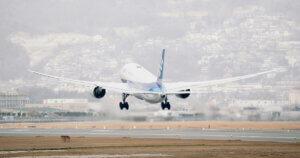
Discover how this ground effect is generated in aircraft and how to control it on a flight if you are a pilot Learn how to avoid the well known balloon
You will be up to date with the news at World Aviation Group.